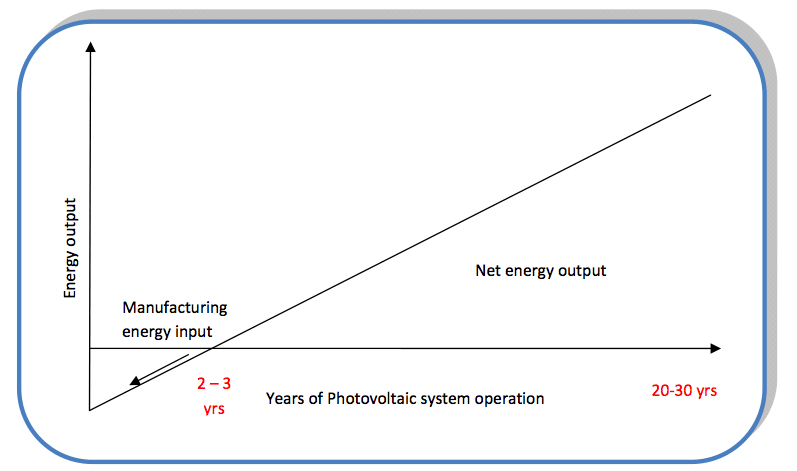Today’s Graph of the Day is a simple one, and is designed to dispel the myth about energy pay-back times, at least for solar PV. Some anti-renewable commentators and myth-makers would have us believe that solar PV modules do not pay back the energy used to create it. It’s not true.
This graph of the day was presented by Muriel Watt, the chair of the APVA, at a seminar on Community Power in Sydney that I chaired on Wednesday. It’s not a new graph, but demonstrates that the payback is actually very quick.
The energy payback time in which the energy input during the module life‐cycle is compensated by electricity generated by the PV module depends on several factors, including cell technology, PV system application, irradiation, the sources of energy used in its manufacturing processes and the energy the PV will displace.
For a typical 2 kWp rooftop system, the energy payback time is 2 to 3 years using multi‐crystalline modules and more than 7.5 times the energy used in its manufacture is generated over a 20 year life. For thin film modules, the payback time is half that of crystalline modules, but the lifetime may be shorter.











